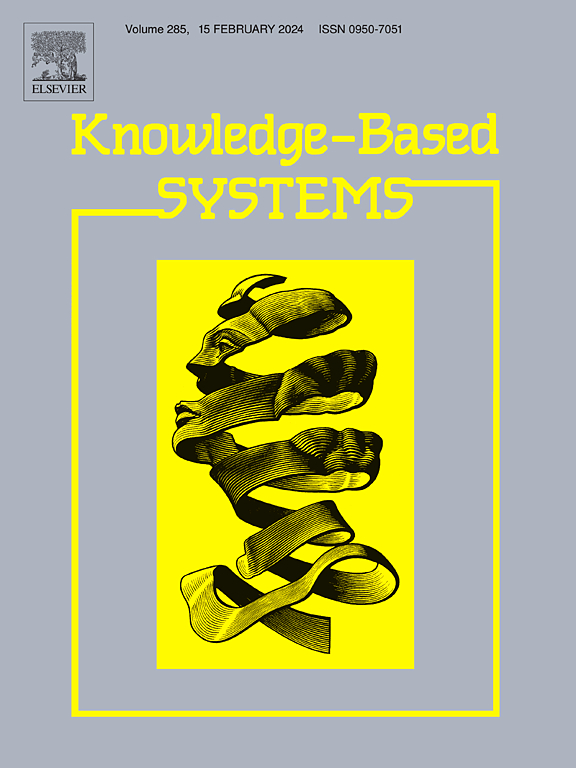Multi-granularity confidence learning for unsupervised text-to-image person re-identification with incomplete modality
IF 7.2
1区 计算机科学
Q1 COMPUTER SCIENCE, ARTIFICIAL INTELLIGENCE
引用次数: 0
Abstract
Most existing text-to-image person re-identification (TIReID) methods assume fully labeled and complete data for both person images and text descriptions. However, this assumption is unrealistic in real-world scenarios due to high labeling costs and privacy concerns. This work addresses a rarely explored task, i.e., unsupervised TIReID with incomplete modality learning. Prior approaches primarily focus on completing missing modalities and learning cross-modal consistency using global features. However, relying solely on these features limits the ability of model to comprehensively represent identities. Local features, which capture fine-grained details of data patches, are essential for effective cross-modal learning but are often overlooked. To address these limitations, we introduce WIN, a framework comprising three key components: (1) The Reliable Feature Completion (RFC) mechanism uses reciprocal neighbor mining to reconstruct both global and local features, ensuring the extraction of the most valuable information from multiple perspectives. (2) The Dual-Modal Clustering (DMC) mechanism addresses intra-class variability caused by missing labels by jointly clustering pedestrian identities from both modalities and generating pseudo-identity labels for supervised training. (3) To mitigate the inevitable noise introduced by imperfect feature completion and pseudo-label generation, we propose a Multi-Granularity Confidence Learning (MCL) mechanism. MCL leverages both global and local feature representations to estimate confidence scores for each sample and adaptively adjusts the optimization strength based on these scores, robustly bringing semantically similar visual and textual features closer in the common embedding space. Extensive experiments demonstrate the superiority of our method across diverse settings with missing modalities and in open-world environments.
求助全文
约1分钟内获得全文
求助全文
来源期刊

Knowledge-Based Systems
工程技术-计算机:人工智能
CiteScore
14.80
自引率
12.50%
发文量
1245
审稿时长
7.8 months
期刊介绍:
Knowledge-Based Systems, an international and interdisciplinary journal in artificial intelligence, publishes original, innovative, and creative research results in the field. It focuses on knowledge-based and other artificial intelligence techniques-based systems. The journal aims to support human prediction and decision-making through data science and computation techniques, provide a balanced coverage of theory and practical study, and encourage the development and implementation of knowledge-based intelligence models, methods, systems, and software tools. Applications in business, government, education, engineering, and healthcare are emphasized.
 求助内容:
求助内容: 应助结果提醒方式:
应助结果提醒方式:


